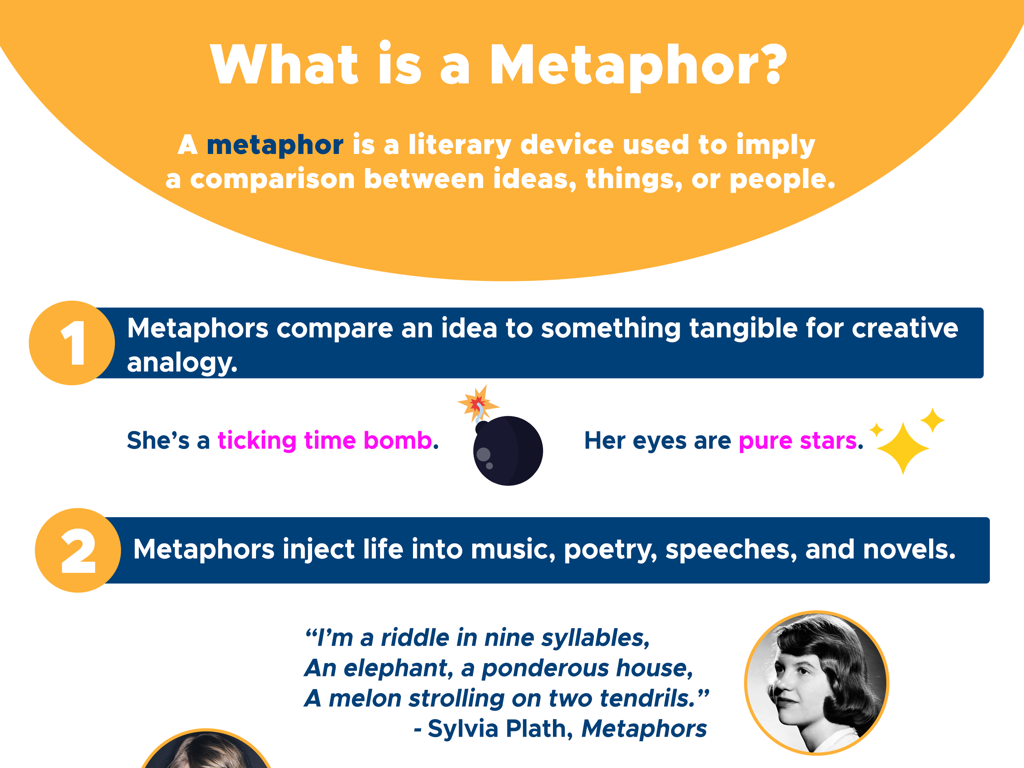Inherited And Acquired Traits: Use Evidence To Support A Statement
Subject: Science
Grade: Fifth grade
Topic: Traits And Heredity
Please LOG IN to download the presentation. Access is available to registered users only.
View More Content
Traits and Heredity: Evidence and Statements
– Understanding traits and heredity
– Traits are features we have, heredity is how they are passed down
– Inherited vs. acquired traits
– Inherited traits come from parents, acquired traits develop from environment
– Today’s goal: evidence-based statements
– Learn to back up claims about traits with evidence
– Activity: Identify traits in class
– Look at classmates’ traits and decide if they’re inherited or acquired
|
This slide introduces the concept of traits and heredity to fifth graders, setting the stage for understanding the difference between inherited and acquired traits. The goal is to teach students to use evidence to support their statements about traits. For example, having brown eyes is an inherited trait, while knowing how to ride a bicycle is an acquired skill. The activity involves observing and discussing with classmates to identify which traits might be inherited or acquired, encouraging critical thinking and understanding of the topic. The teacher should facilitate the activity by providing clear examples and guiding the discussion.
Exploring Traits in Heredity
– Traits: Passed down features
– Characteristics inherited from parents
– Examples: Eye color, leaf shape
– Human traits like eye color, plant traits like leaf shape
– Traits make us unique
– Each person or organism is distinct due to their traits
– Inherited vs. Acquired Traits
– Traits at birth vs. traits developed from experience
|
This slide introduces the concept of traits, which are distinguishing characteristics passed from parents to offspring. Use eye color, leaf shape, and beak type as relatable examples for the students to understand that traits can be observed in all living things, from humans to plants and animals. Emphasize that these inherited traits contribute to the uniqueness of each individual. Additionally, differentiate between inherited traits, which are present at birth, and acquired traits, which are developed through life experiences and environmental influences. Encourage students to think of their own inherited traits and how they differ from traits they’ve acquired.
Inherited vs. Acquired Traits
– Inherited traits: from parents
– Eye color, hair color, and skin type
– Acquired traits: learned skills
– Reading, riding a bike, swimming
– Examples of inherited traits
– Examples of acquired traits
|
This slide aims to help students differentiate between inherited and acquired traits. Inherited traits are those that are passed down from parents to their offspring and are encoded in our DNA, such as eye color, hair color, and skin type. Acquired traits, on the other hand, are not genetic and are learned or developed throughout life, such as reading, riding a bike, or swimming. Encourage students to think of more examples and to use evidence to support their statements. This will not only help them understand the concept but also develop critical thinking skills. In the next class, ask students to share their examples and discuss how they determined whether each trait is inherited or acquired.
Evidence of Inherited Traits
– Identifying inherited traits
– Traits passed from parents to offspring, like eye color
– Family resemblances as clues
– Similar features in parents and children, such as dimples
– Using Punnett squares
– A tool to forecast offspring’s traits from parental genes
– Predicting traits with evidence
– Gather data, observe patterns, and use tools for prediction
|
This slide aims to help students understand how inherited traits can be identified and predicted. Inherited traits are characteristics received from parents through genes. Students should look for physical similarities within family members as evidence of inheritance. Introduce the concept of a Punnett square as a scientific tool used to predict the probability of inheriting specific traits. Encourage students to think critically about how evidence like family traits and genetic tools can support statements about heredity. Provide examples and engage them in creating their own Punnett squares to solidify their understanding.
Evidence of Acquired Traits
– Acquired traits definition
– Traits gained from experience, not inherited
– Examples of acquired traits
– Speaking a new language, getting stronger from exercise
– Observing personal growth
– Changes in abilities or appearance over time
– Evidence supports learning
– Personal achievements show how we learn and change
|
This slide aims to explain the concept of acquired traits, which are not passed down genetically but are developed through learning and experience. It’s important to differentiate these from inherited traits for the students. Provide examples that are relatable, such as learning to play an instrument or riding a bike, which are skills gained through practice. Encourage students to think of their own examples of acquired traits and how they have changed or grown because of these experiences. Discuss how evidence of acquired traits can be seen in the new things they can do or in the ways they have changed physically or mentally over time.
Trait Detectives: Gathering Evidence
– Scientists use observation
– Like detectives, scientists observe details to gather clues about heredity.
– Experiments reveal traits
– Experiments can show how traits are passed from parents to offspring.
– Observe family traits
– Look at your family’s eye color, hair texture, etc., to find inherited traits.
– Become a trait detective!
– Investigate your own traits and find out which are inherited and which are acquired.
|
In this slide, we encourage students to think like scientists and understand how evidence is gathered in the study of heredity. By observing and experimenting, scientists can learn about inherited and acquired traits. Students can apply these methods by observing their own families and surroundings to discover traits. Encourage them to note physical characteristics, behaviors, and even preferences that might be influenced by heredity. This activity will help them grasp the concept of traits and heredity in a practical and engaging way, fostering critical thinking and observation skills.
Supporting Statements with Evidence
– Make a claim about a trait
– Find evidence for your claim
– Look at family traits or scientific facts
– Explain evidence’s role
– How does the evidence prove your claim?
– Practice with examples
– Use examples like inherited eye color or learned language skills
|
This slide encourages students to understand the scientific process of making claims and supporting them with evidence, specifically in the context of inherited and acquired traits. Start by explaining what a claim is in science – a statement that can be tested and potentially proven with evidence. Then, guide students on how to find evidence, such as observable traits in family members or information from reliable sources. Next, discuss the importance of connecting evidence directly to the claim to explain why it supports the statement. Finally, provide examples for students to practice, such as identifying inherited traits like eye color that run in families, or acquired traits like the ability to play an instrument, which requires practice and is not inherited. This exercise will help students develop critical thinking and reasoning skills in science.
Class Activity: Trait Scavenger Hunt
– Observe classmates’ traits
– Decide: Inherited or Acquired?
– Traits like eye color are inherited, while reading skills are acquired
– Record your findings
– Use a chart to keep track of traits and evidence
– Share with the class
– Discuss how you determined the trait category
|
This interactive activity is designed to help students understand the difference between inherited and acquired traits. Students will observe their classmates and note various traits, deciding whether each trait is inherited (passed from parents) or acquired (learned or developed after birth). They should record their observations and the evidence that supports their decision. Encourage them to consider traits such as eye color, hair type, language skills, or a musical talent. After the activity, students will share their findings with the class, explaining the reasoning behind their decisions. This will foster a discussion on heredity and the environment’s role in shaping who we are. Provide a simple chart or worksheet for students to use during the activity and prepare to guide them with examples if they are unsure.
Conclusion: Traits and Heredity Reflection
– Recap on traits learned
– Role of evidence in understanding traits
– Evidence like family traits helps us see patterns of inheritance
– Share an inherited trait discovery
– Discuss one trait you’ve inherited from your family
– Share an acquired trait discovery
– Discuss one trait you’ve picked up from experience
|
In this concluding slide, we aim to reinforce the concepts learned about inherited and acquired traits. Encourage students to reflect on the importance of evidence when studying heredity, such as family trees or scientific studies. Have them share personal discoveries about traits they’ve inherited, like eye color or hair texture, and traits they’ve acquired, like riding a bike or speaking a second language. This reflection helps solidify their understanding and allows them to apply their knowledge to real-life examples. It’s also an opportunity for the class to appreciate the diversity of traits among them.






